Have you ever wondered why cruises seem to come with a hefty price tag? In this article, we will explore the fascinating economics behind expensive cruises. From the luxurious amenities to the stunning destinations, there are various factors that contribute to the high cost of cruising. So, if you’ve ever been curious about why these vacations can be a splurge, keep reading to uncover the intriguing insights into the economics of cruises.
The Cruise Industry
Overview of the cruise industry
The cruise industry is a thriving sector that offers unique vacation experiences for travelers around the world. A cruise vacation allows you to explore multiple destinations while enjoying the luxury and comfort of a floating resort. With countless activities, entertainment options, and exceptional service, cruises have become a popular choice for travelers seeking a hassle-free getaway.
Key players in the industry
The cruise industry has several key players that dominate the market. Companies such as Carnival Corporation, Royal Caribbean, and Norwegian Cruise Line Holdings are among the largest cruise operators globally. These companies not only own multiple cruise lines but also have a significant presence in different regions. Their size and market share allow them to offer a wide range of itineraries and cater to various traveler preferences.
Factors driving growth in the industry
Several factors contribute to the growth of the cruise industry. Firstly, the increasing desire for experiential travel has led to a surge in demand for cruise vacations. Travelers today seek unique experiences, and cruises offer the opportunity to explore multiple destinations in one trip. Additionally, the growth of the middle class in emerging economies has bolstered the demand for affordable luxury vacations, making cruises an attractive option. Furthermore, the aging population and retirees looking for stress-free and comfortable travel options have contributed to the industry’s growth.
Operational Costs
Fuel costs
Fuel costs are a significant expense for cruise lines. The size and energy requirements of these massive vessels mean that they consume substantial amounts of fuel. As fuel prices fluctuate, cruise lines must carefully manage these costs to maintain profitability. They often employ fuel hedging strategies to lock in favorable prices and reduce the impact of market volatility.
Maintenance and repair expenses
Maintaining and repairing cruise ships is an ongoing process that requires significant financial investment. The harsh marine environment, combined with the rigorous daily operations, puts tremendous strain on the vessels. Cruise lines must perform regular inspections, repairs, and maintenance to ensure the safety and operational efficiency of their fleets. These expenses can be substantial, considering the size and complexity of modern cruise ships.
Crew payroll
Cruise lines employ a vast workforce to operate their vessels and provide exceptional service to guests. From deckhands and engineers to chefs and entertainers, the crew plays a pivotal role in ensuring a memorable experience for passengers. Cruise lines must offer competitive wages and benefits to attract and retain top talent in a highly competitive industry. Crew payroll expenses add to the overall operational costs for cruise lines.
Port fees and taxes
Cruise ships must pay port fees and taxes every time they dock at a port of call. These fees vary depending on the destination, but they can be a substantial cost for cruise lines, especially if they visit multiple ports during a voyage. These fees contribute to the maintenance and development of port infrastructure and services, ensuring a smooth and enjoyable experience for passengers.
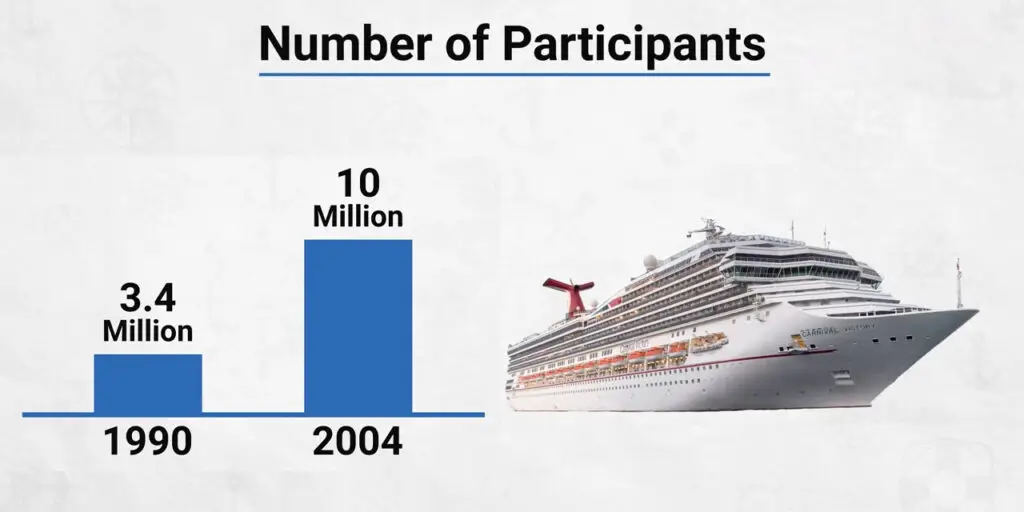
Infrastructure and Equipment
Building and maintaining cruise ships
Building a new cruise ship is a complex and costly process. Shipbuilders employ cutting-edge technologies, advanced materials, and skilled labor to construct these floating marvels. The cost of construction can run into billions of dollars, as cruise ships are equipped with numerous amenities and facilities to cater to passenger needs. Additionally, maintaining these vessels throughout their lifespan requires regular inspections, repairs, and refurbishments to ensure adherence to safety regulations and keep them in top condition.
Expensive technologies on board
Cruise ships incorporate an array of expensive technologies to enhance passenger experience and operational efficiency. From state-of-the-art navigation and communication systems to advanced energy-saving technology, these features contribute to the overall cost of the vessel. Additionally, onboard entertainment options such as theaters, casinos, and water parks require significant investments in the latest equipment and infrastructure.
Upgrading and refurbishment costs
To remain competitive and meet evolving guest expectations, cruise lines must regularly upgrade and refurbish their ships. Upgrading onboard amenities, introducing new technologies, and refreshing cabin interiors are necessary to maintain a high level of customer satisfaction. These refurbishments involve considerable expenses, as cruise lines strive to provide a contemporary and luxurious experience for their guests.
Staffing and Services
Highly skilled and specialized staff
Cruise ships rely on a team of highly skilled and specialized staff to provide exceptional service to passengers. From chefs preparing gourmet meals to spa therapists, each staff member undergoes extensive training to deliver a memorable experience. The recruitment, training, and retention of these professionals require significant investment, adding to the overall cost of operating a cruise ship.
Onboard entertainment and activities
Cruise ships are known for their extensive range of entertainment and activities. From Broadway-style shows and live performances to water slides and rock climbing walls, there is something for everyone on board. Providing such a diverse range of entertainment options requires substantial investment in equipment, talent, and programming. Cruise lines continually strive to offer unique and engaging experiences to keep passengers entertained throughout their voyage.
Fine dining experiences
One of the highlights of a cruise vacation is the culinary experience. Cruise lines go above and beyond to offer a wide range of dining options, including specialty restaurants and celebrity chef partnerships. These collaborations and investments in high-quality ingredients help create exceptional dining experiences for passengers. From sourcing the finest ingredients to employing skilled culinary staff, cruise lines spare no expense in providing guests with memorable gastronomic adventures.
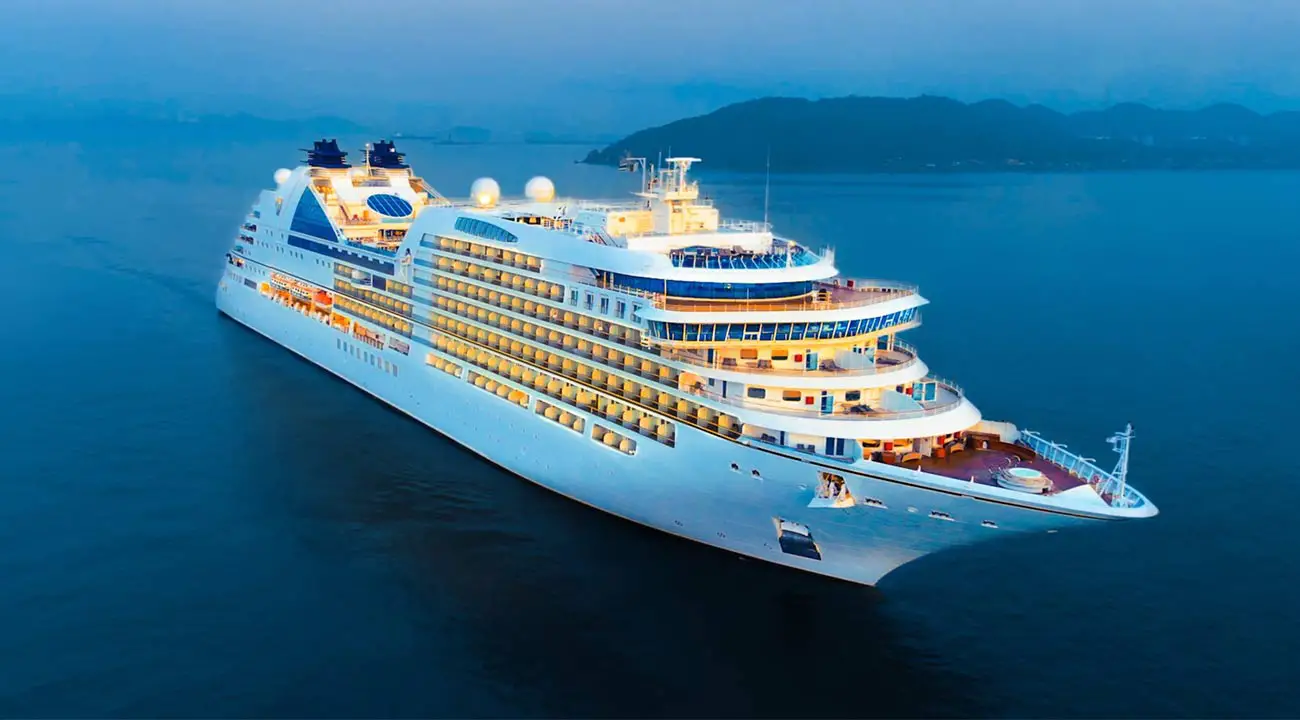
Marketing and Advertising
Promoting the cruise experience
Marketing and advertising efforts are crucial for the success of the cruise industry. Cruise lines invest heavily in promoting the unique experience they offer, highlighting the luxury, comfort, and convenience of a cruise vacation. Through captivating advertising campaigns, cruise lines showcase their itineraries, onboard amenities, and exceptional service to attract potential travelers.
Targeting affluent demographics
Cruises often cater to affluent demographics, positioning themselves as a symbol of luxury and exclusivity. By targeting this market segment, cruise lines can justify their higher price points and offer personalized experiences that appeal to discerning travelers. Marketing efforts are tailored to showcase the elegance and opulence of the onboard experience, enticing affluent individuals to choose a cruise as their vacation of choice.
Partnerships and sponsorships
Cruise lines often establish partnerships and sponsorships with various entities to further enhance their marketing efforts. Collaborations with popular brands, celebrity endorsements, and sponsoring high-profile events help raise awareness and generate buzz around the cruise experience. These partnerships add value to the overall brand image and contribute to the perception of exclusivity associated with cruising.
Logistics and Supply Chain
Procurement of food and beverages
Providing a diverse range of culinary options on a cruise ship requires efficient and timely procurement of food and beverages. Cruise lines must establish robust supply chains to ensure a constant supply of high-quality ingredients from around the world. These logistics involve coordinating with suppliers, managing inventory, and adhering to stringent food safety standards.
Supplying luxury amenities
To create a luxurious onboard experience, cruise lines must source and supply various amenities and products. From premium toiletries and linens to high-end furnishings and artwork, every detail contributes to the lavish atmosphere on board. Managing the procurement and distribution of these luxury items requires meticulous planning and coordination.
Upkeep of onboard supplies
Cruise lines must oversee the maintenance and replenishment of onboard supplies to cater to the needs of passengers. From toiletries and towels to cleaning products and kitchen supplies, careful inventory management is essential. Ensuring an uninterrupted supply of these items requires efficient logistics and close coordination with suppliers and onboard staff.
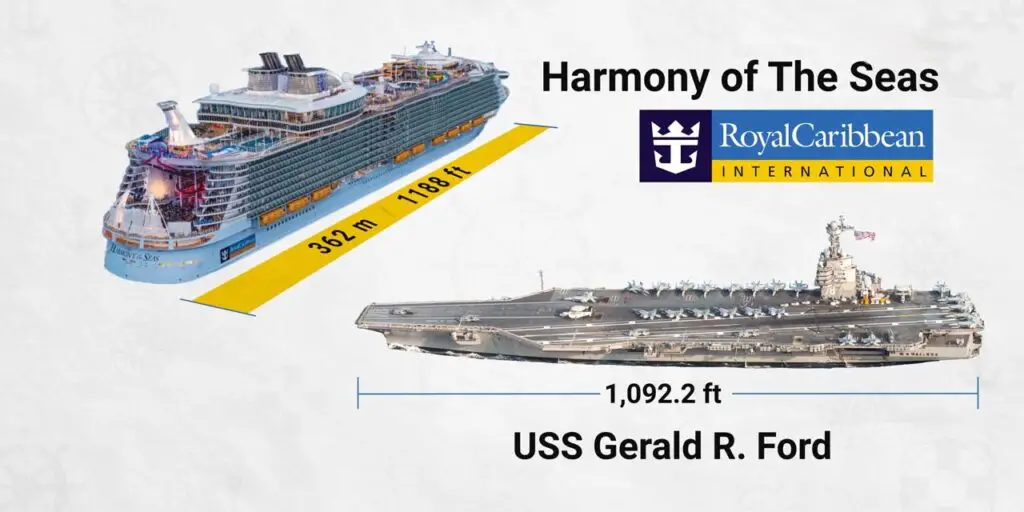
Insurance and Safety Measures
Comprehensive insurance coverage
Cruise lines invest in comprehensive insurance coverage to protect their assets, passengers, and crew. Insurance policies cover various risks, including liability, property damage, medical emergencies, and natural disasters. The cost of these insurance premiums can be substantial, considering the size and value of cruise ships and the number of passengers they carry.
Stringent safety regulations
Cruise ships are subject to rigorous safety regulations to protect passengers and ensure compliance with international standards. Cruise lines must invest in personnel, training, and infrastructure to meet these stringent requirements. Regular inspections and audits by regulatory bodies contribute to the overall safety and security of the industry.
Investment in state-of-the-art safety equipment
To further enhance safety measures, cruise lines invest in state-of-the-art safety equipment and technologies. From advanced fire detection and suppression systems to sophisticated life-saving equipment, these investments provide an added layer of security for passengers and crew. The cost of acquiring, maintaining, and upgrading these safety features constitutes a significant expense for cruise lines.
Global Ports and Infrastructure
Port development and expansion
To accommodate the increasing demand for cruises, port authorities invest in the development and expansion of their facilities. This includes constructing new terminals, improving docking infrastructure, and enhancing passenger amenities. These investments facilitate the smooth embarkation and disembarkation of passengers, ensuring a seamless experience.
Investments in dock and terminal facilities
Cruise lines also make substantial investments in dock and terminal facilities. These facilities serve as the gateway to the cruise experience, providing passengers with their first impression of the ship and its amenities. Cruise lines work closely with port authorities to upgrade and maintain these facilities to meet the growing needs of their guests.
Improving connectivity and accessibility
To attract cruise ships and promote tourism, ports worldwide invest in improving connectivity and accessibility. This includes enhancing transportation links, upgrading roads and highways, and expanding airport infrastructure. These efforts aim to provide convenient access for passengers, enabling them to embark on their cruise vacations seamlessly.
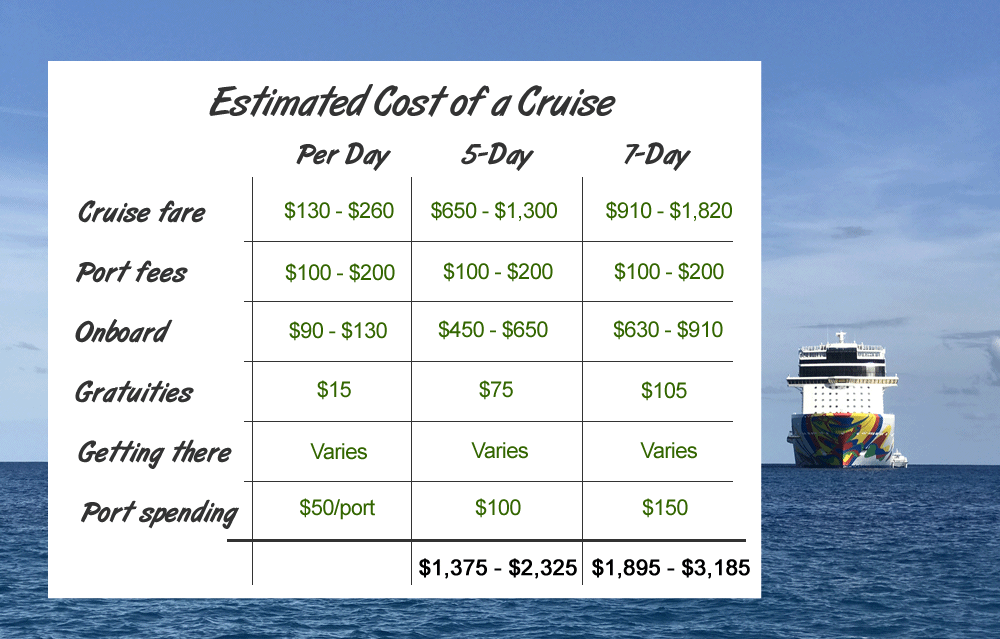
Luxury and Exclusivity
Creating a premium brand image
Cruise lines prioritize creating a premium brand image to capture the attention of affluent travelers. From elegant ship designs to luxurious amenities, every aspect of the onboard experience exudes opulence. Attention to detail, personalized service, and exclusive offerings help foster a sense of luxury and exclusivity, attracting discerning travelers who seek unparalleled experiences.
Offering unique and exclusive experiences
To differentiate themselves from competitors, cruise lines offer unique and exclusive experiences. This may include access to private islands, exclusive shore excursions, or special events onboard. By providing these exceptional offerings, cruise lines attract travelers who value exclusivity and seek unforgettable memories.
Investing in luxurious onboard features
To maintain their luxury status, cruise lines invest in lavish onboard features. This may include spacious suites, private balconies, upscale spas, and lavish entertainment venues. The incorporation of high-end materials, elegant décor, and cutting-edge design elements contribute to the overall ambiance of luxury on board. These investments aim to provide passengers with a truly extraordinary experience.
Economic Factors
Demand and supply dynamics
The demand and supply dynamics in the cruise industry play a crucial role in determining pricing strategies. As demand fluctuates seasonally and in response to global events, cruise lines carefully manage pricing to optimize revenue. Pricing strategies take into account factors such as itinerary popularity, market conditions, and passenger preferences, ensuring a balance between profitability and competitive pricing.
Cruise market pricing strategies
Cruise lines employ various pricing strategies to cater to different market segments. From early booking discounts and last-minute deals to all-inclusive packages and loyalty programs, cruise lines strive to attract a wide range of travelers. These strategies aim to maximize occupancy and revenue while providing value and incentivizing passengers to choose a cruise over alternative vacation options.
Economic impact on local communities
The cruise industry contributes significantly to the economies of the ports and destinations it visits. This impact extends beyond the direct spending by passengers and crew, as it supports local businesses, creates employment opportunities, and drives tourism-related development. By attracting tourists and generating revenue, the cruise industry acts as an economic catalyst for many communities around the world.
In conclusion, the cost of cruising is influenced by a multitude of factors, including operational costs, infrastructure and equipment expenses, staffing and services, marketing and advertising efforts, logistics and supply chain management, insurance and safety measures, global ports and infrastructure development, luxury and exclusivity offerings, as well as economic factors such as demand and supply dynamics and economic impact on local communities. These factors collectively contribute to the overall pricing of cruises, enabling travelers to enjoy exceptional experiences on the high seas.
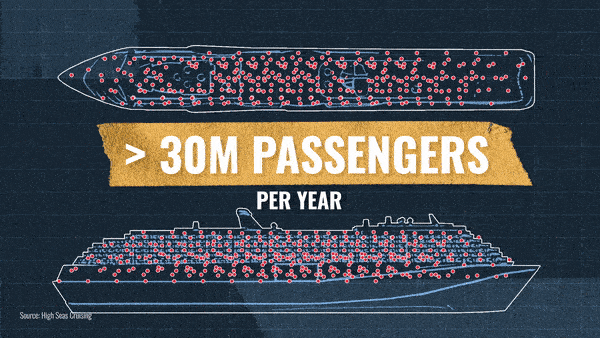
Hi, I’m Mike, the author of Ocean Bliss Journeys. Thank you for visiting 🙂

